100+ Trees Names and its uses
100+ Trees Names and its uses
👉Neem tree (வேம்பு அல்லது வேப்பை)
Azadirachta indica
Azadirachta indica, commonly known as neem, margosa, Neem tree or Indian lilac, is a tree in the mahogany family Meliaceae. It is one of the two species in the genus Azadirachta.

கொடுக்காப்புளி
Pithecellobium dulce, commonly known as Manila tamarind, Madras thorn, monkeypod tree or camachile

Native to the Pacific Coast and adjacent highlands of Mexico, Central America, and northern South America.
Pithecellobium dulce is a tree that reaches a height of about 10 to 15 m (33 to 49 ft). Its trunk is spiny and up to nine meters in girth (9.4 feet thick DBH) and its leaves are bipinnate. Each pinna has a single pair of ovate-oblong leaflets that are about 2 to 4 cm (0.79 to 1.57 in) long. The flowers are greenish-white, fragrant, sessile and reach about 12 cm (4.7 in) in length, though appear shorter due to coiling. The flowers produce a pod, which turns pink when ripe and opens to expose the seed arils; a pink or white, edible pulp. The pulp contains black shiny seeds that are circular and flat. Pollen is a polyad of many pollen grains stitched together.
The seed is dispersed via birds that feed on the sweet pulp. The tree is drought resistant and can survive in dry lands from sea level to an elevation of 1,500 m (4,900 ft), making it suitable for cultivation as a street tree.
The seed pods contain a sweet and sour pulp which is eaten raw in Mexico, the Philippines, Pakistan, Qatar and India
As traditional medicine
The bark is used as an astringent for dysentery in India.
It is said to have been used as an antipyretic in India (information originally from 1933), used for eye inflammation,
The Huastec people of northern Veracruz and San Luis Potosí in Mexico used different parts of the tree to treat gum ailments, toothache and cancer.
The leaves are said to be used in a poultice with alcohol to treat bile, as well as being used to prevent abortions/miscarriage, although the leaves are also said to be used to cause abortions.
The pulp from the fruits is said to be astringent and hemostatic, and used for hemoptysis.
The ground seed is sometimes traditionally used to clean ulcers.
Non-specified parts of the plant are said to be used extract is also used against hemorrhages, chronic diarrhea, and tuberculosis.
👉மலைவேம்பு Melia dubia (Malai Vembu in Tamil)
Melia dubia (Malai Vembu in Tamil) is a promising tree highly suitable for farm forestry and agro forestry for generating higher income in the semi-arid regions.
Health Benefits Of Malai Vembu (Podi) / Chinaberry Powder
The combined juice of papaya leaf, malai vembu or hill neem and common neem has been given to dengue patients for getting rid of the disease.The plant is mainly used as dengue fever medication to improve the blood platelets count. Women's infertility: In ayurvedic treatment, this herbal plant parts are used to treat fertility problems and uses as a natural medication to conceive.
👉Citron (Citrus medica Linn) - நார்த்தங்காய் (Narthangai)

Health benefits
Narthangai( Citron in English), is rich in health benefits. In the olden days, this dry and salted narthangai was used as an aid during fever and vomiting. It is a good source of Vitamin C, which thereby boosts immunity. Also good for Gut health, the fruit thereby promotes digestion, which ensures a healthy lifestyle.
Narthangai has rich health benefits as the oil spray from the outer peel cures any knee joint pains, hip pains, head ache. It is commonly termed as analgesic. Narthangai is used to prepare juices or can be consumed raw like oranges as it is more healthy.
👉Papaya (Carica papaya.) பப்பாளி
The papaya plant is considered a tree, though its palmlike trunk, up to 8 metres (26 feet) tall, is not as woody as the designation generally implies. The plant is crowned by deeply lobed leaves, sometimes 60 cm (2 feet) across, borne on hollow petioles (leaf stalks) 60 cm long.
Health benefits
Papayas are a sweet fruit and grow in tropical regions. They have many varieties. Papaya has many benefits, including protection against heart disease, reduced inflammation, aid in digestion, and boosting your immune system. There are also benefits to eating papaya seeds.
Papaya is a tropical fruit rich in vitamins A and C as well as other important nutrients like potassium, beta-carotene, and lycopene
Papayas and Bananas contain fewer carbohydrates and more protein than Apples and hence instantly making them a better choice for calorie conscious. High levels of Tryptophan, make bananas and papayas a natural antidepressant and stress buster.
👉Banana (Musa paradisiaca Linn.) வாழை மரம்

The banana plant is the largest herbaceous flowering plant. All the above-ground parts of a banana plant grow from a structure called a corm. Plants are normally tall and fairly sturdy with a treelike appearance, but what appears to be a trunk is actually a pseudostem composed of multiple leaf-stalks (petioles).
The banana tree is not a tree, but a giant grass that can reach up to 15 meters high! By wrapping around each other, the leaves give rise to the “pseudo-trunk” which resembles the trunk of trees, but does not contain wood.
Uses
All parts of the banana plant have medicinal applications: the flowers in bronchitis and dysentery and on ulcers; cooked flowers are given to diabetics; the astringent plant sap in cases of hysteria, epilepsy, leprosy, fevers, hemorrhages, acute dysentery and diarrhea, and it is applied on hemorrhoids
Plant sap can be taken internally or applied externally to stings and bites. The young leaves can be used as a poultice for skin irritations.
They are used for cooking, wrapping, and food-serving in a wide range of cuisines in tropical and subtropical areas. They are used for decorative and symbolic purposes in numerous Hindu and Buddhist ceremonies. In traditional homebuilding in tropical areas, roofs and fences are made with dry banana-leaf thatch.
Medicinal Uses:
The banana tree, including its leaves, stem, flowers, and roots, has been used in traditional medicine for various purposes:
1. Wounds and burns: Banana leaves are used to dress wounds and burns due to their antiseptic and anti-inflammatory properties.
2. Fever: The root of the banana tree is used to treat fever, rheumatism, and other inflammatory conditions.
3. Menstrual problems: Banana flowers are used to treat menstrual cramps, heavy bleeding, and other menstrual disorders.
4. Anxiety and depression: The fruit and leaves of the banana tree are used to treat anxiety and depression due to their tryptophan and vitamin B6 content.
5. Sleep aid: Banana tea, made from the leaves, is used as a natural sleep aid.
6. Digestive issues: Banana fruit and leaves are used to treat digestive issues like constipation, diarrhea, and ulcers.
7. Insect bites and stings: Banana leaves are used to treat insect bites and stings due to their anti-inflammatory properties.
8. Skin conditions: Banana leaves are used to treat skin conditions like eczema, acne, and psoriasis.
9. Hair and scalp issues: Banana fruit and leaves are used to treat hair loss, dandruff, and other scalp issues.
10. Anti-inflammatory: Banana tree parts are used to treat various inflammatory conditions due to their anti-inflammatory properties.
- Improving digestion. Guava is a fruit that is rich in fiber, which stimulates bowel movements and improves digestion. ...
- Boosting immunity. ...
- Improving diarrhea. ...
- Promoting weight loss. ...
- Promoting skin health. ...
- Lowering LDL. ...
- Regulating blood pressure. ...
- Reducing menstrual cramps.
The curry tree (Murraya koenigii), also known as karivepaku, karibevu, karivepallai, karivembu, or kadipatta, is a kind of tree. It is found mostly in hot climates, and is a native plant of India. The leaves of the curry tree are called curry leaves or sweet Neem leaves.
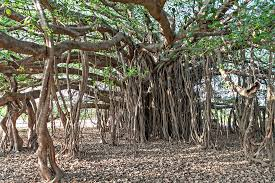

👉 Golden shower tree (Cassia fistula ) சரக்கொன்றை

👉 Nelli maram
👉 Thandri kai maram

👉 Eecha maram
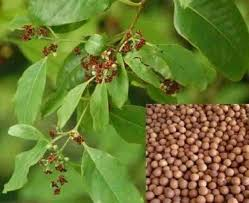
Horse Tamarind Lead Tree White Popinac Wild Tamarind











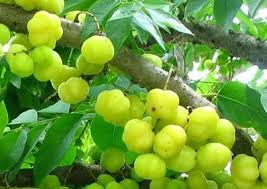












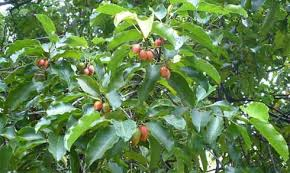

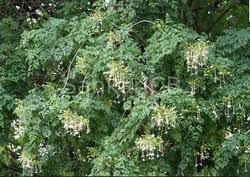




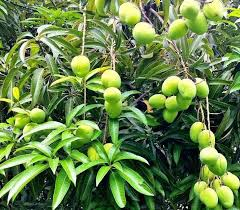


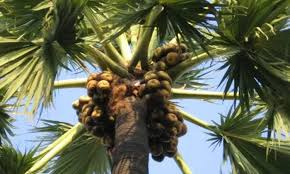








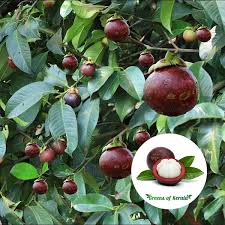
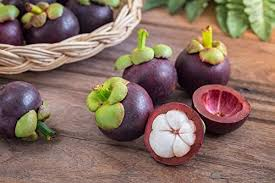








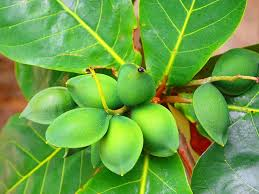
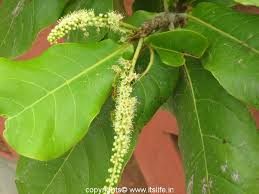





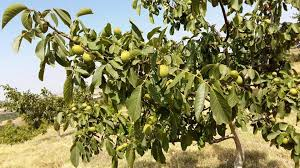




















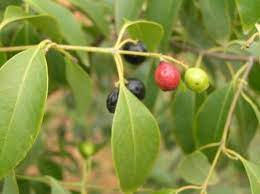












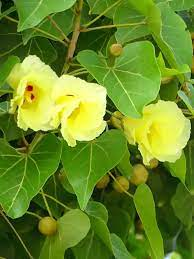


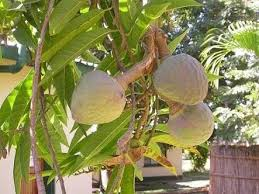















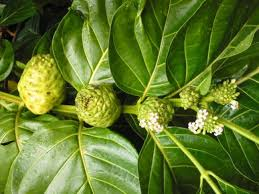






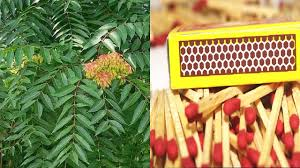








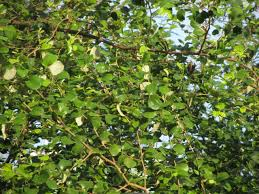

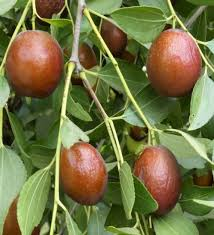


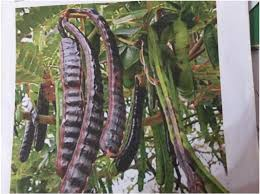



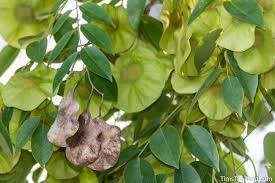


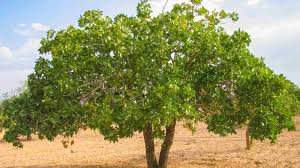









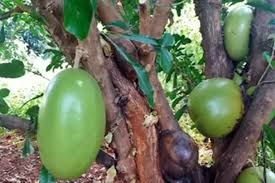
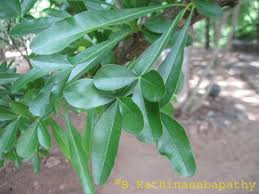











Comments
Post a Comment